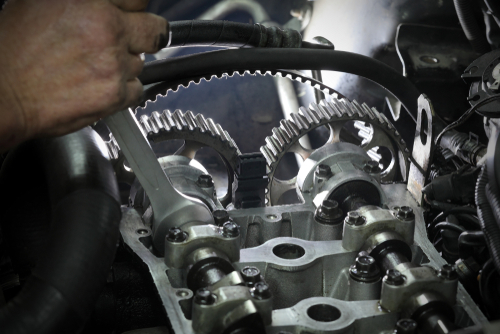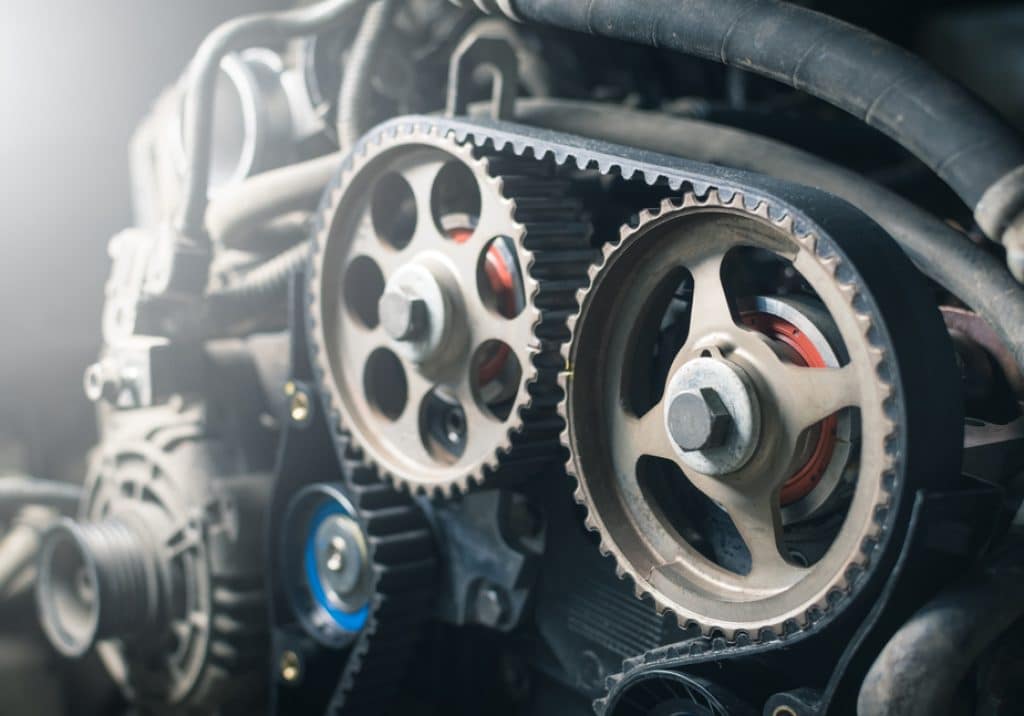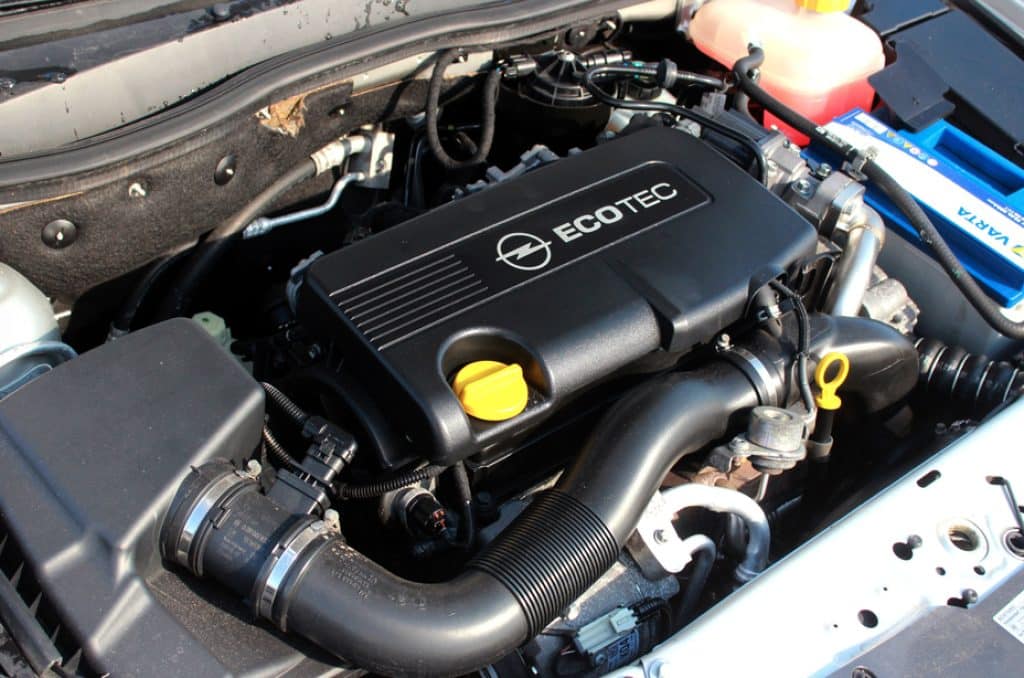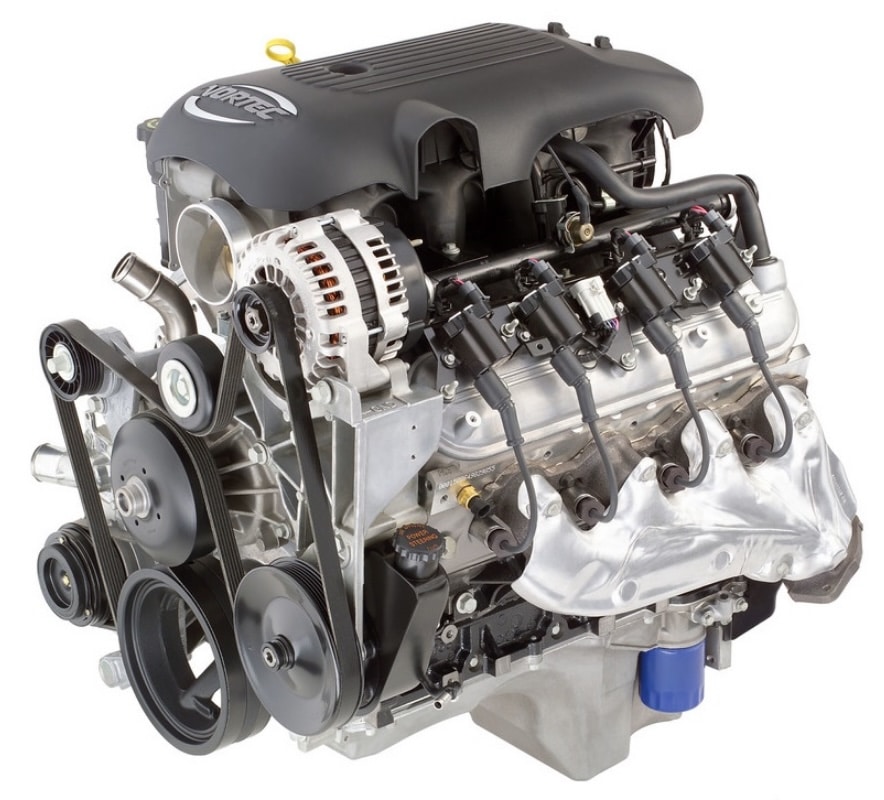Is your check engine light on? You might be dealing with the P0021 code, which indicates an issue with the camshaft position timing on Bank 2 of your engine.
Don’t worry, you’re not alone in this automotive adventure.

The P0021 code means your engine’s camshaft timing is more advanced than it should be, potentially causing performance issues and decreased fuel efficiency. This pesky little problem can make your engine run rougher than a cat in a bathtub, but fear not!
With a bit of know-how and some elbow grease, you can get to the bottom of this timing trouble.
Ready to dive under the hood and show that P0021 code who’s boss? Let’s explore what might be causing this timing tizzy and how you can get your engine purring like a kitten again.
Remember, understanding your car’s quirks is half the battle, and you’re already on your way to becoming a camshaft connoisseur.
Key Takeaways
- P0021 indicates over-advanced camshaft timing on Bank 2, potentially affecting engine performance and fuel efficiency
- Common symptoms include rough idling, decreased power, and reduced fuel economy
- Diagnosing and fixing P0021 may involve checking the variable valve timing system, oil quality, and camshaft sensors
Understanding the P0021 Code
The P0021 code indicates an issue with camshaft timing on one side of your engine. It’s important to grasp what this means for your vehicle’s performance and potential repairs.
Defining P0021
P0021 is a diagnostic trouble code that pops up when your engine’s computer detects a timing problem.
Specifically, it means the intake camshaft on bank 2 of your engine is more advanced than it should be.
Think of it like your camshaft showing up to work way too early – it’s eager, but it’s messing up the whole operation!
This can throw off the delicate dance between your engine’s valves and pistons, potentially leading to poor performance or even damage if left unchecked.
Your trusty check engine light will likely illuminate to let you know something’s amiss. Don’t ignore it – your car’s just trying to have a chat with you!
The Role of Bank 2
Now, you might be wondering, “What the heck is bank 2?”
Well, in the world of engines, banks are like neighborhoods for cylinders.
Bank 2 typically refers to the side of the engine that doesn’t include cylinder #1.
In V-shaped engines (like V6s or V8s), it’s usually the passenger side. For inline engines, bank 2 might not apply, and you’d see a similar code ending in “1” instead.
The P0021 code is specifically telling you that the timing issue is happening in this bank 2 neighborhood. It’s like your engine’s way of saying, “Hey, there’s a party going on over here, and it started way too early!”
Symptoms and Consequences

When your car’s camshaft timing goes haywire, you’ll notice some telltale signs. These symptoms can range from minor annoyances to major headaches, potentially leaving you stranded on the roadside.
Recognizing the Signs
Your trusty steed might start acting up in peculiar ways. You’ll likely see that pesky check engine light illuminate your dashboard like a Christmas tree.
Don’t ignore it – it’s your car’s way of crying for help!
Your engine might develop a case of the hiccups, resulting in a rough idle that makes your morning coffee dance in its cup holder.
Stalling becomes a real possibility, especially when you’re trying to impress your date at the drive-thru.
You might also notice your car’s performance take a nosedive. It’s like your once-peppy ride suddenly decided to become a sloth on wheels. Acceleration feels more like a suggestion than a command.
Potential Impact on the Vehicle
The P0021 code isn’t just a minor inconvenience – it can have some serious consequences for your wallet and your ride.
Your fuel economy might tank faster than your bank account on payday.
The engine’s internals could suffer if left unchecked.
Imagine your pistons and valves playing an unwanted game of bumper cars. Not a pretty sight, and definitely not cheap to fix.
Long-term issues could include:
- Catalytic converter damage
- Increased emissions
- Premature engine wear
Remember, addressing this issue promptly can save you from more expensive repairs down the road. Your future self (and your mechanic) will thank you!
Diagnosing the Issue

Getting to the bottom of a P0021 code can be tricky, but don’t worry – we’ve got your back. Let’s dive into the tools and steps you’ll need to tackle this pesky problem head-on.
Tools of the Trade
First things first, you’ll want to arm yourself with the right gear.
Your trusty OBD-II scanner is a must-have – it’s like a detective’s magnifying glass for your car.
Don’t forget a good multimeter; it’ll be your sidekick in this electrical mystery.
A flashlight is crucial for those hard-to-see spots. And hey, while you’re at it, grab some safety glasses and gloves. Your eyes and hands will thank you later!
Remember, a repair manual specific to your vehicle is worth its weight in gold. It’s like having a wise old mechanic whispering secrets in your ear.
Step-By-Step Diagnostic Procedure
Ready to play car doctor? Let’s roll up those sleeves and get to work!
- Start by checking the engine oil level. Low oil can mess with camshaft timing faster than you can say “dipstick.”
- Fire up that OBD-II scanner and grab the freeze frame data. It’s like catching your engine red-handed at the scene of the crime.
- Take a good look at your camshaft and crankshaft position sensors. These little guys can cause big trouble if they’re on the fritz.
- Time for a visual inspection. Look for any loose, corroded, or damaged wiring around the camshaft actuator.
- Use your multimeter to check the resistance of the camshaft position sensor. If it’s out of whack, you might’ve found your culprit.
- Don’t forget to inspect the timing chain. A loose or worn chain can make your camshaft timing go haywire.
Remember, if you’re feeling out of your depth, there’s no shame in calling in the pros. Sometimes, you need a seasoned mechanic to crack the case!
Common Causes and Related Issues

The P0021 code often stems from issues with the variable valve timing system. You’ll find that problems with oil flow, timing chains, and camshaft phasers are common culprits. Let’s dig into the nitty-gritty!
Tracing the Problem
Your first stop on this diagnostic journey should be the oil control valve (OCV).
This little gizmo can get gunked up faster than a kid’s hands in a candy store. When it’s clogged, your engine’s variable valve timing (VVT) system goes haywire.
Next up, take a peek at your timing chain. If it’s stretched out like your favorite old sweatpants, it’ll throw off your camshaft timing quicker than you can say “check engine light.”
Don’t forget about those pesky clogged oil passages. They’re like the arteries of your engine – when they’re blocked, nothing works right. And speaking of oil, make sure you’re not running low. Your engine needs its lubricating juice!
Effects on Car Components
When your camshaft timing is off, it’s like your engine is trying to dance with two left feet.
Your fuel economy will take a nosedive faster than a skydiver without a parachute.
The VVT system and camshaft phasers will be working overtime, trying to compensate for the timing issues.
It’s like they’re on a treadmill that’s going too fast – eventually, something’s gotta give.
Nissan owners, especially you Altima folks, might be all too familiar with this code. Your rides seem to have a special knack for throwing P0021.
Remember, ignoring this issue is like ignoring a toothache – it’ll only get worse. Your engine components will wear out faster than a pair of cheap shoes, and before you know it, you’ll be looking at some seriously expensive repairs.
Fixing the P0021 Code

Addressing the P0021 code requires careful diagnosis and repair. You’ll need to decide between professional help or tackling it yourself, and follow some key guidelines for success.
Professional vs. DIY Repair
You might be tempted to fix this issue yourself, but remember – messing with your engine timing is no joke.
If you’re not comfortable with terms like variable valve timing or PCM, it’s best to leave this one to the pros.
For the brave DIYers out there, you’ll need a good repair manual and some patience.
Start by checking the easy stuff – like the camshaft position sensor. It might just save you a headache (and a hefty bill).
Remember, if you own an Altima, you might be in for a treat. These cars love to throw P0021 codes like confetti at a parade.
Guidelines and Best Practices
First things first, check your oil. Low or dirty oil can cause more problems than a cat in a yarn factory.
Next, take a look at those oil control valves. They’re like the bouncers of your engine – if they’re not doing their job, things can get messy.
If you’re feeling brave, consider replacing the intake valve timing control solenoid valve.
It’s a mouthful to say, but it might just be the ticket to solving your P0021 woes.
Always follow the diagnostic procedure in your repair manual. It’s like a treasure map, but instead of gold, you’re looking for engine harmony.
And remember, if all else fails, there’s no shame in calling in the cavalry (aka a professional mechanic).
Frequently Asked Questions
What are the common symptoms indicating a P0021 error code?
You might notice your engine running rough or misfiring.
Poor fuel economy and reduced performance are also telltale signs.
In some cases, you’ll see that dreaded check engine light pop up on your dashboard.
Can driving a vehicle with a P0021 error code lead to engine damage?
Driving with this code active isn’t ideal for your wallet or your engine.
You risk damaging vital components like valves and pistons.
It’s best to address the issue promptly to avoid turning a small problem into a big, expensive headache.
What possible solutions can address the P0021 code?
Sometimes, a simple oil change with the correct viscosity can do the trick.
Other times, you might need to replace the variable valve timing solenoid or camshaft actuator.
In more severe cases, timing chain replacement could be on the menu.
How does an oil control valve relate to the P0021 error code?
The oil control valve is like the traffic cop for your engine’s oil flow. When it’s not working right, it can cause the camshaft timing to go haywire.
A faulty valve can lead to the P0021 code by messing with the camshaft’s ability to advance or retard properly.
Which engine bank is Bank 2 when diagnosing a P0021 code?
Bank 2 typically refers to the cylinder bank opposite the first cylinder.
In V-shaped engines, it’s usually the passenger side.
For inline engines, Bank 2 doesn’t apply, so you’d only see this code on engines with two banks.
Are P0021 and P0011 error codes indicating the same issue?
These codes are like siblings – similar but not identical.
P0021 is for Bank 2, while P0011 refers to Bank 1.
They both indicate camshaft timing issues, just on different sides of the engine.
